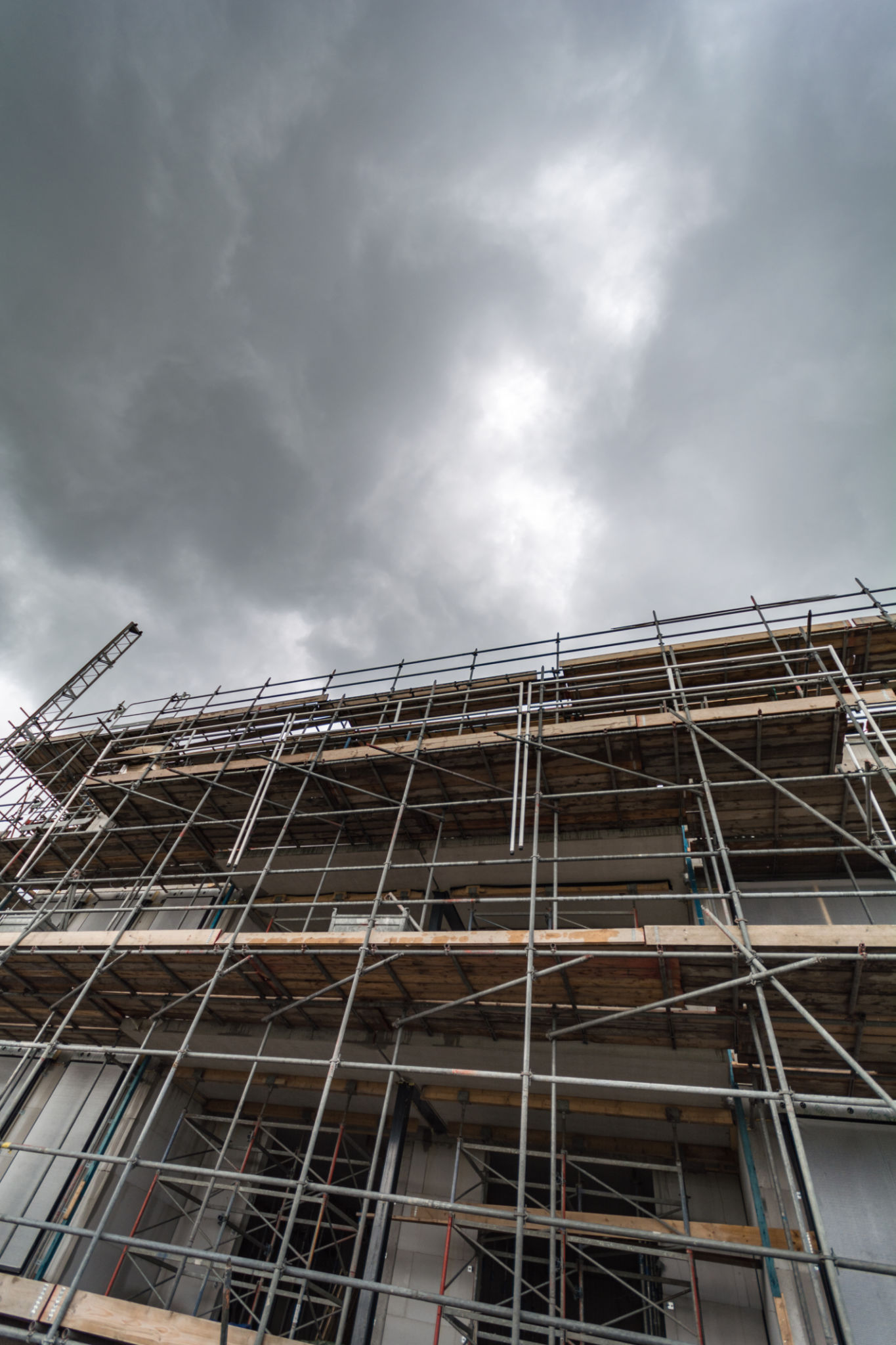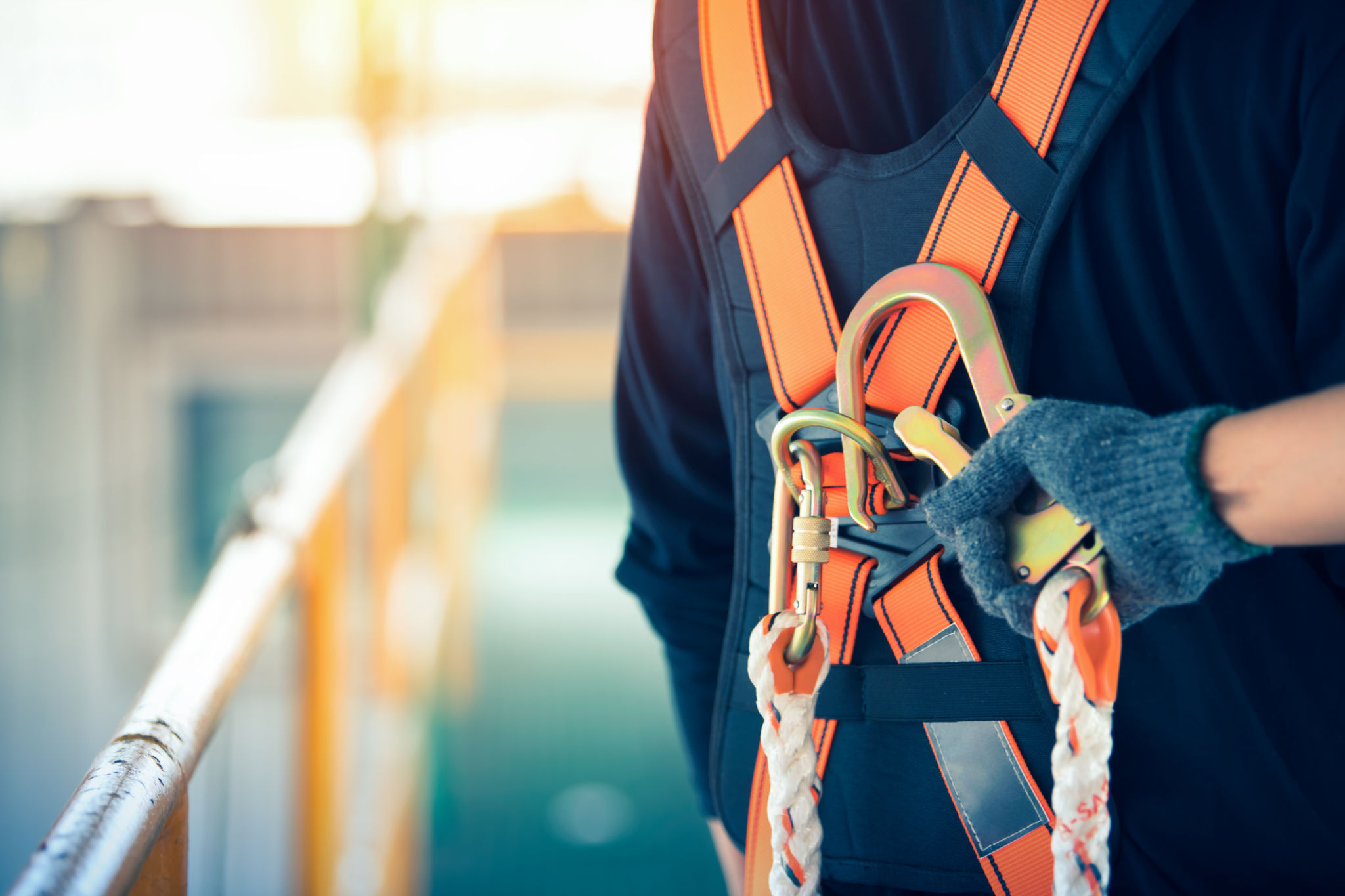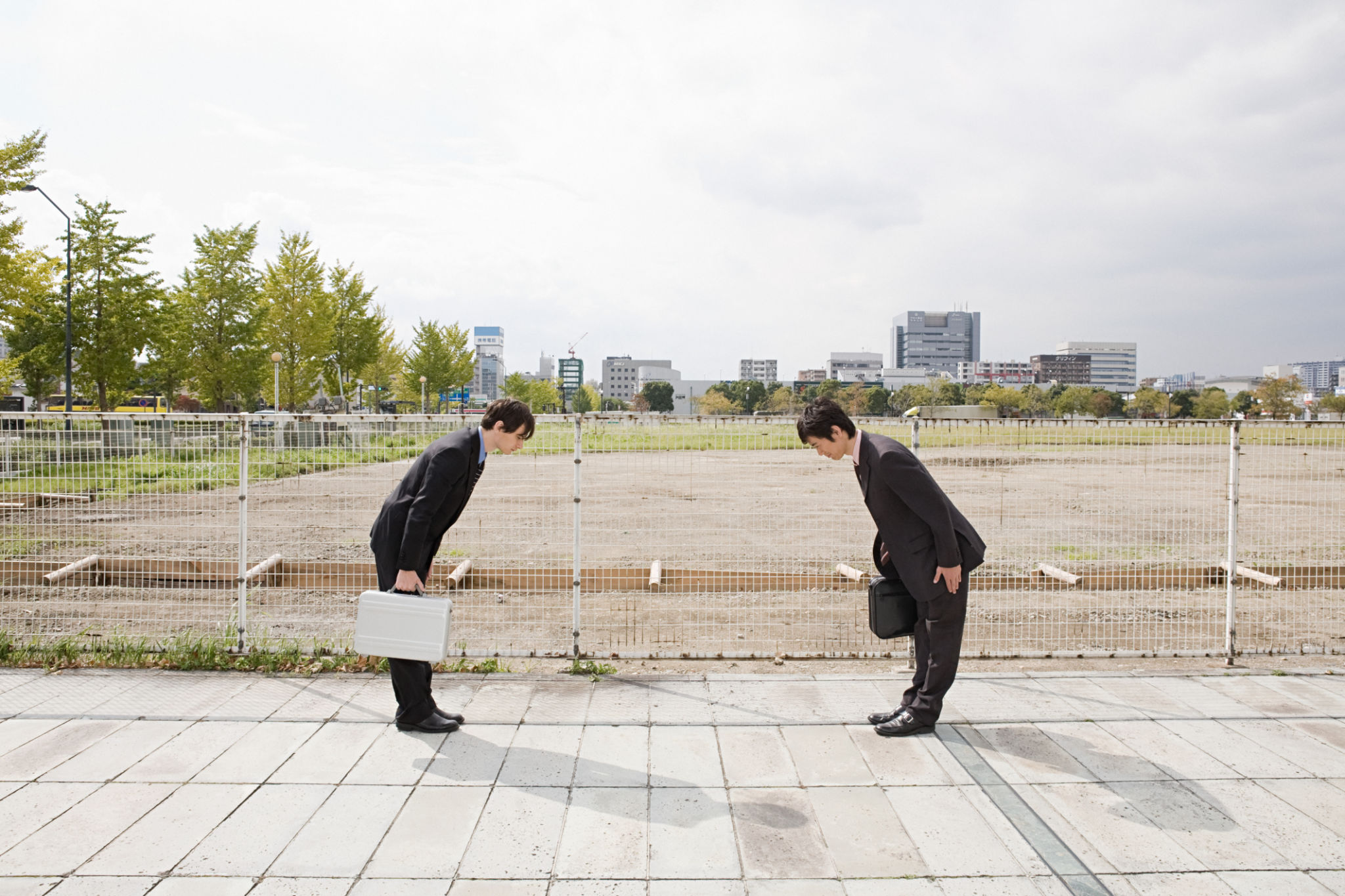Seasonal Scaffolding Safety: Preparing for Extreme Australian Weather
Understanding the Impact of Extreme Weather
Australia's diverse climate can present significant challenges for construction projects, particularly those involving scaffolding. From intense heatwaves to torrential rain and cyclonic winds, extreme weather conditions can compromise the structural integrity of scaffolding systems, posing serious safety risks. It's crucial for construction managers and workers to understand these impacts and prepare accordingly to ensure the safety and efficiency of their operations.

Preparing for Heatwaves
Heatwaves are a common occurrence in Australia and can lead to dehydration, heat exhaustion, and heatstroke among workers. To mitigate these risks, it's essential to implement strategies that prioritize the health and safety of the workforce. This includes scheduling work during cooler parts of the day, ensuring adequate hydration stations are available, and providing shaded rest areas.
Additionally, high temperatures can affect the materials used in scaffolding, potentially leading to expansion or weakening. Regular inspections should be conducted to identify any signs of wear or damage that could be exacerbated by the heat.
Dealing with Heavy Rainfall
Heavy rainfall and flooding can create slippery surfaces and undermine the stability of scaffolding foundations. To combat these issues, ensure that scaffolding is erected on stable ground and equipped with proper drainage systems to direct water away from critical areas. Non-slip surfaces and additional safety nets can also be employed to reduce the risk of accidents.

Protecting Against Cyclonic Winds
Cyclonic winds pose a unique threat to scaffolding due to their potential to cause structural damage or even collapse. It's imperative to secure all scaffolding components with adequate bracing and anchoring. Regular inspections before and after severe weather events can help identify any vulnerabilities or damages that need addressing.
Moreover, consider using wind-resistant scaffolding designs and materials that can withstand higher wind speeds. Training workers on emergency protocols and evacuation procedures is also vital during cyclone-prone seasons.
Implementing Safety Protocols
For effective seasonal scaffolding safety, construction sites should develop comprehensive safety protocols. These should include:
- Routine safety inspections before, during, and after extreme weather conditions.
- Clear communication channels for weather alerts and safety updates.
- Mandatory safety training sessions focused on weather-related hazards.
- Emergency response plans tailored to specific weather scenarios.

Investing in Quality Scaffolding Equipment
The choice of scaffolding equipment plays a pivotal role in ensuring safety during extreme weather. Investing in high-quality materials that meet industry standards is essential. Look for equipment that offers durability, stability, and flexibility to adapt to various weather conditions.
Regular maintenance and timely replacements of worn-out parts can prevent accidents and prolong the lifespan of scaffolding systems. Collaborate with reputable suppliers who provide robust solutions designed for harsh weather environments.
Continuous Training and Awareness
Ongoing training programs are crucial to keeping workers informed about the latest safety practices and weather-related challenges. Workshops, seminars, and hands-on training sessions can equip workers with the necessary skills to handle unexpected weather changes efficiently.
Promote a culture of safety where every team member is encouraged to voice concerns or suggestions related to weather preparedness. Regularly updating training materials to reflect current best practices ensures that everyone remains vigilant and proactive.
Conclusion
Preparing for extreme Australian weather is an integral part of scaffolding safety. By understanding the potential impacts of heatwaves, heavy rainfall, and cyclonic winds, construction teams can implement effective strategies that safeguard both workers and equipment. Through continuous training, quality equipment, and comprehensive safety protocols, the industry can maintain high standards of safety and productivity throughout the year.
